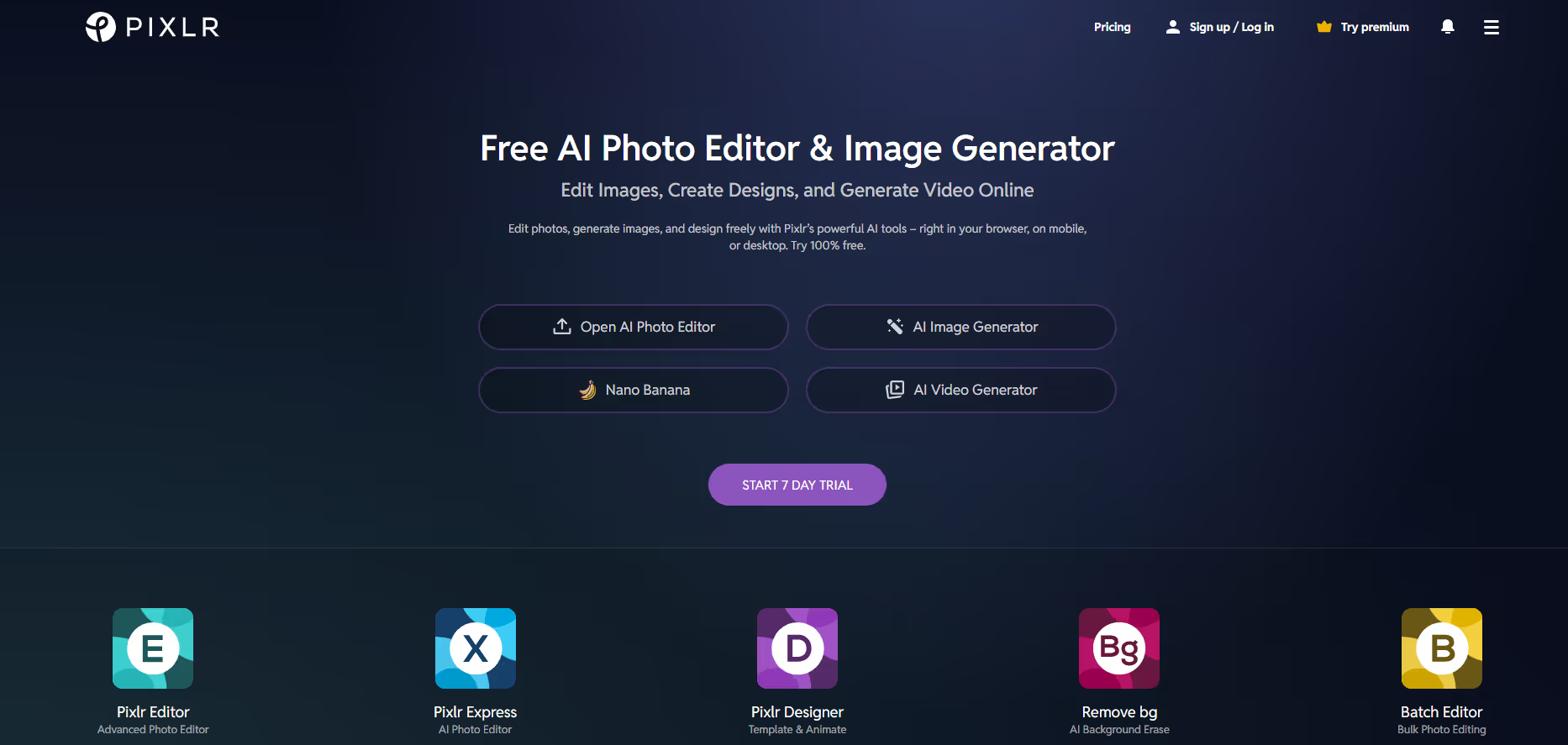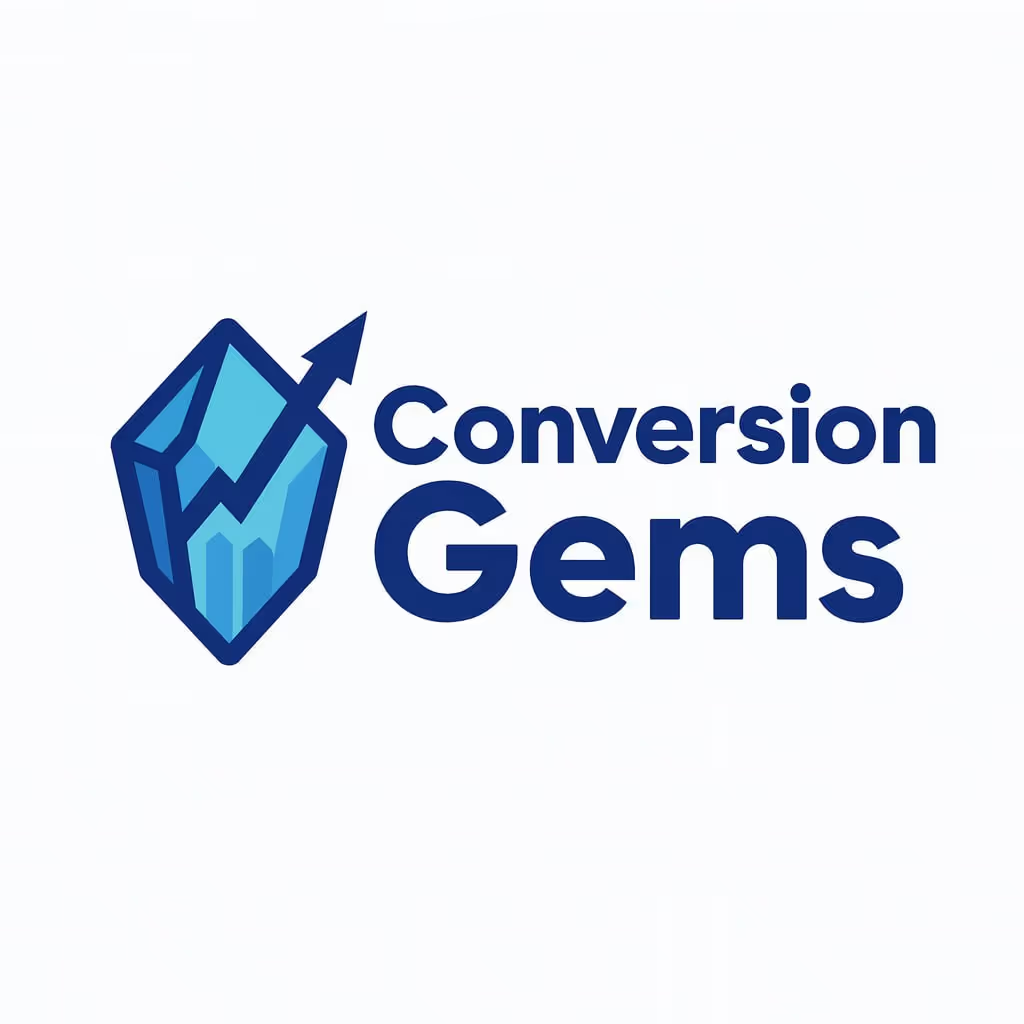Tool Insights
Home > Tools > Tool Details
Pixlr
Description
Pixlr is a comprehensive suite of AI-powered online photo editing and graphic design tools, offering robust capabilities.
Pixlr provides a versatile, cloud-based platform for transforming images without the need for complex software installations. It encompasses two primary editors: Pixlr E for advanced edits with layers, masks, and precise adjustments, and Pixlr X for rapid, intuitive enhancements with one-click filters and effects. The suite also includes specialized tools like Photomash Studio for product photography and a dedicated background remover. Its browser-based nature ensures accessibility from any device, making it ideal for content creators, marketers, and individuals seeking efficient visual content production.
Key Applications
- Photo Enhancement: Applying filters, effects, and detailed adjustments to improve image quality for various platforms.
- Graphic Design: Creating social media graphics, web banners, advertisements, and marketing materials using templates and text tools.
- Background Removal: Automatically isolating subjects from their backgrounds for product photos, portraits, or composite images.
- Content Creation: Designing visual assets for blogs, websites, presentations, and educational materials.
- Image Retouching: Performing basic photo retouching tasks such as blemish removal, skin smoothing, and color correction.
Who It’s For
Content creators, social media managers, small business owners, students, marketers, and anyone needing a powerful yet accessible online image editor for quick touch-ups, graphic design, or complex photo manipulations without investing in expensive desktop software.
Pros & Cons
How It Compares
- Versus Adobe Photoshop: Pixlr offers a more accessible, browser-based alternative with a gentler learning curve and a freemium model. Photoshop provides unparalleled professional depth, advanced features, and offline capabilities for desktop users, typically at a higher cost.
- Versus Canva: Pixlr focuses more heavily on direct photo manipulation and advanced image editing functionalities. Canva excels in template-driven graphic design and layout for non-designers, though both offer overlapping capabilities for visual content creation.
- Versus GIMP: Pixlr provides a streamlined online experience compared to GIMP's powerful, free, open-source desktop application. GIMP requires installation and has a steeper learning curve for its comprehensive features, while Pixlr prioritizes ease of access and cloud convenience.
Bullet Point Features
- AI-Powered Tools: One-click background removal, object removal, image style transfer, and auto-enhancements.
- Advanced Photo Editing (Pixlr E): Layers, masks, blend modes, curves, selective color, and precise adjustment tools.
- Quick Photo Editing (Pixlr X): Intuitive interface for basic adjustments, filters, effects, text overlays, and collages.
- Extensive Template Library: Pre-designed templates for social media, marketing, web graphics, and print media.
- Drawing Tools: Brushes, pencils, shapes, and fill tools for digital art and annotations.
- Asset & Element Library: Access to stock images, overlays, stickers, and decorative elements.
Disclosure
All product names, logos and brands are property of their respective owners. Use is for educational and informational purposes only and does not imply endorsement. Links are to third-party sites not affiliated with Barndoor AI. Please see our Terms & Conditions for additional information.



.avif)




